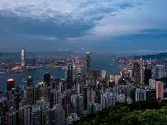Exploring the perfect market for energy and energy transition in Asia (Part 1)
By Adriaan KampDiscussions and dialogues between peers and professionals, at times, centre around the question:
What is the perfect market for Energy and Energy Transition?
Are we best served with a free market or are we better off in a state-controlled capitalist system?
What policy (regulatory, fiscal) and economic instruments do we need in order to serve our short and long-term needs?
Who is leading and driving the change?
In this article, I would like to share a couple of observations from me on this issue.
And let me begin.
Transition
To my mind and as Energy Transition clearly entails the word "Transition" , we are presently in the period moving from ONE state of equilibrium to a NEXT state of equilibrium.
The present market (free or state-controlled) and energy architecture is shaped over the last 100-150 years.
And as such, allowed it to be optimized and shaped by economic players, based on competition and (more or less) state regulation.
Now, over the coming decades, we, and as a global society, will have to discover a new energy infrastructure and architecture- blending energy efficiency, with renewables and energy storage, local mini grids, with the present and existing backbone of centralized produced power generation, mainly based on fossil fuels.
Under a new business model, with different collaborating parties, and blending of investments in common long-term infrastructure with day-to-day operational expenses.
Re-drawing lines of where we want to compete, and where we want to have the public or common good investing or regulating the market.
Re-drawing the lines of what the operational boundaries and license-to-operate are for our utilities, for our network providers and for the consumers.
Re-drawing the lines of what is taxed, and what not. Redrawing the lines of who is paying for what.
This work is ideally done by starting to define the "ideal" projects or architectures which we aspire to HAVE in the NEXT phase of our equilibrium.
And then I mean not point solution, but system solutions. From the consumers at home to the sources of supply.
How could that work in today's complex market and society?
Well, let me give you an example.
Let's take e.g. Singapore in South East Asia.
What I would envisage we could do is to elect e.g. Singapore as "our guinea pig" NEXT phase energy market.
We would then ring-fence Singapore (from all the fiscal rules and regulations, competition rules) and provide it with dispensations and allowances.
Dispensation for the utility co-operations to sit-down together, and to start to shape the ideal energy infrastructure of tomorrow for Singapore.
Allowances to create and define an energy infrastructure and architecture project which invest both in long-term infrastructure as take care of the day-to-day operational costs.
At people homes. In the community and cities.
And we would use the following simple, but key questions - to shape the energy infrastructure:
1. What energy can save and store at the users- on location?
2. What energy can we generate locally and de-centrally?
3. What energy can we import from the region and from alternative, renewable resources?
4. What energy do we need to import or do we have available for export?
5. And in conclusion, what central infrastructure and energy generating capacity (and storage) do we need to install in order to serve the above?
And, in our ideal world, we would define these projects-to-do, and execute them- in a Public-Private Partnership (PPS)- between the utilities, the technological firms, the community of Singapore and the region.
From renewables in the North-Sea to sun-panels in the meditarrenean.
Following the realisation of this integrated project approach- we would have identified the steps, the means, and the lines for a commercial roll-out of this model approach.
We would have identified the new utility firm organisation and business models, the new regulations and the new playing ground for our free-market competition.
We would have identified the costs of write-offs, the costs of replacements and the costs of operating this infrastructure.
So I pledge for to do away with most of the policies and regulations directed to favour ONE energy source over another.
I think we have passed the period of feed-in tariffs, and I believe the market is now best served with approaches which stimulate (national or regional) energy architectures integration.

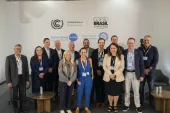

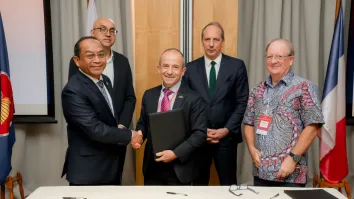







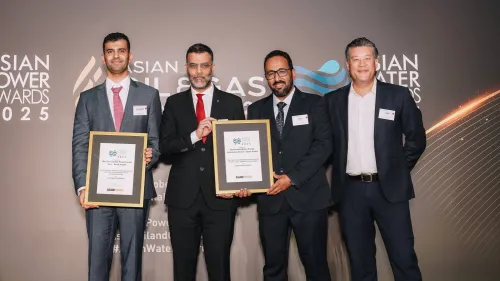
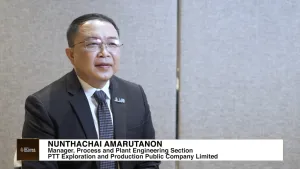
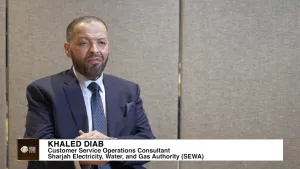



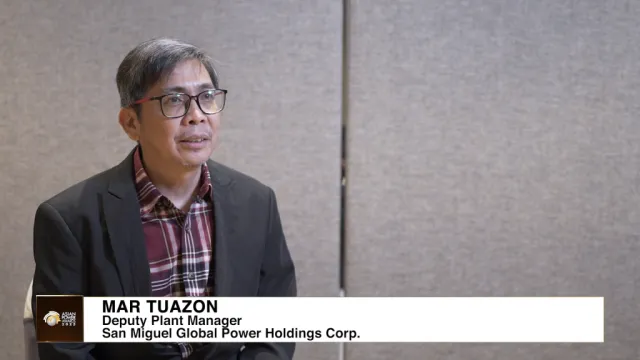
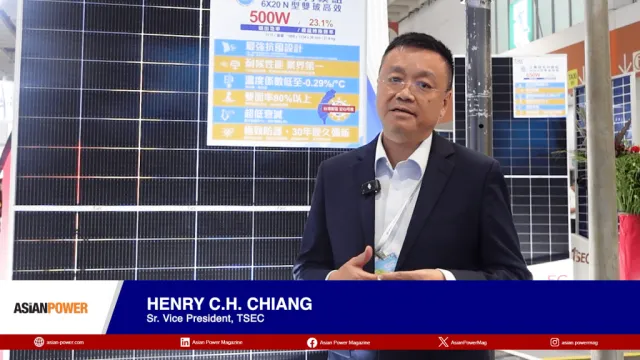

 Advertise
Advertise
